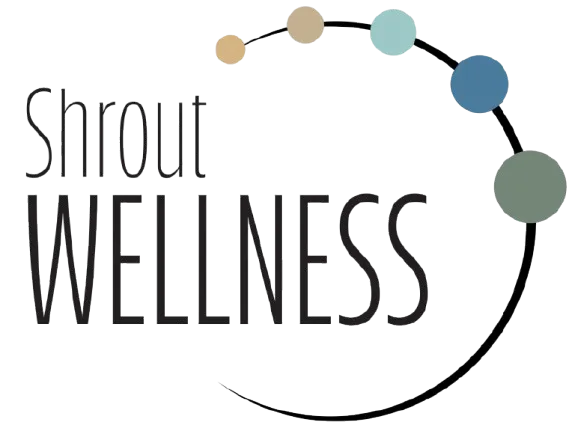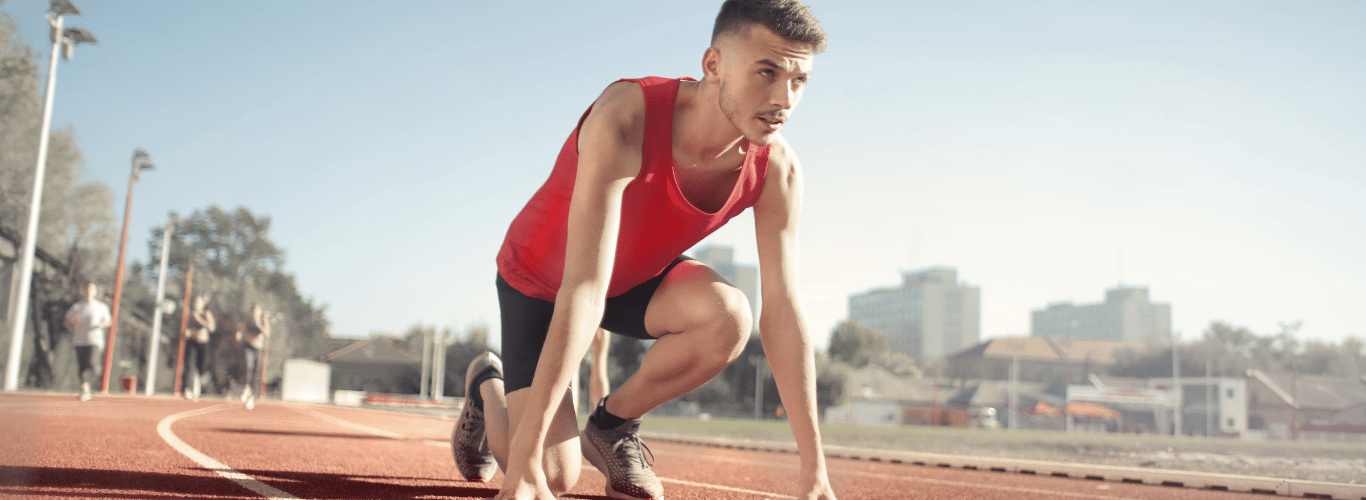

Sports injuries do not have to keep you on the sidelines. Chiropractic care for sports injuries focuses on restoring joint function, reducing pain, and helping you return to activity safely. Sports chiropractic is a specialized field tailored to the unique needs of the athlete, addressing injury prevention and performance enhancement.
At Shrout Wellness, our approach combines precise adjustments, soft tissue work, and rehab exercises to support both recovery and long-term performance. Chiropractic care offers benefits such as reduced medication use, faster recovery, holistic treatment, and soothing effects for injury recovery and overall health.
Common Sports Injuries Chiropractors Treat
- Muscle strains and ligament sprains. Often from overload, sudden direction changes, or poor warm up.
- Joint restrictions and misalignments. Common in the spine, hips, shoulders, knees, and ankles.
- Overuse injuries. Tendinitis and stress reactions from repetitive motion.
- Neck issues from impact. Whiplash-like symptoms can follow contact or falls.
- Low back pain. Frequently related to limited hip mobility or core control.
Chiropractic treatment is commonly used to manage these injuries, enhance athletic performance, and support recovery by improving spine and nervous system health. Even doctors and other healthcare professionals seek out chiropractic care for their own sports injuries, which highlights the trust and credibility of our clinic.
These conditions often share two features. Tissues are irritated, and mechanics are off. Chiropractic care addresses both, and patients benefit from this comprehensive approach.
How Chiropractic Adjustments Support Recovery
- Improved joint motion. Gentle, specific adjustments help a stiff joint move through a normal range. These adjustments help improve mobility and improved flexibility, making movement easier and more comfortable. Better motion reduces local stress.
- Reduced muscular guarding. When joints move correctly, surrounding muscles stop overworking. Less guarding means less pain and better coordination.
- More efficient movement patterns. Balanced joints load tissues evenly. That supports healing and lowers the chance of re-irritation.
Chiropractic adjustments also reduce inflammation, aiding recovery and promoting faster healing.
Adjustments are tailored to your injury, sport, and training schedule. Force, direction, and technique are selected to match your tolerance and goals. These adjustments support spine health, which is essential for long-term performance and overall wellness.
The Role of Soft Tissue Therapy and Rehab
Adjustments work best alongside targeted soft tissue and exercise:
- Soft tissue therapy. Focused work on tight or tender structures helps reduce tone, improve glide, and ease pain.
- Activation and mobility drills. Simple exercises reinforce better joint motion and posture.
- Progressive loading. Gradually restoring strength and endurance builds resilience, improve strength, and support athlete's performance so you can return to your sport with confidence.
Various techniques are used in rehab to address different needs and optimize recovery.
A chiropractor's knowledge of anatomy, muscles, joints, and the nervous system is essential for designing effective rehab programs for sports injuries.
Prevention Benefits for Active People
.png)
Regular check ins can help you:
- Catch small restrictions early. Clearing minor joint limits can reduce compensations that lead to overuse.
- Maintain flexibility and control. Mobility plus strength around key joints supports efficient mechanics.
- Refine technique. Posture and movement coaching lowers strain during practice and competition.
Maintaining flexibility and control not only supports efficient mechanics but also helps patients perform better in their daily life and enjoy a more active, fulfilling life overall. Regular chiropractic care helps you stay healthy and active, making it easier to meet the demands of everyday activities. Remember, movement is a form of medicine—supporting your long-term health and wellness.
Techniques Commonly Used With Athletes
These techniques are designed to benefit the entire body, not just the injured area.
- Spinal and extremity adjustments. Precise, quick impulses or low force methods based on your needs.
- Joint mobilization. Slower, graded movements for sensitive or acute areas.
- Instrument assisted soft tissue. Tools or hands to address adhesions and tight bands.
- Dry needling. Stimulates blood flow to promote healing and muscle relaxation.
- Taping or bracing. Temporary support during activity.
- Home exercise plans. Short routines that fit your training week.
Finding the Right Chiropractor
When it comes to treating sports-related injuries, finding the right chiropractor can make all the difference in your recovery and long-term performance. A sports chiropractor is specially trained to address the unique needs of athletes, using chiropractic care to restore joint mobility, reduce inflammation, and support optimal health. Whether you’re dealing with a recent sports injury or looking to prevent future issues, working with an experienced chiropractor ensures you receive the most effective chiropractic treatments tailored to your goals.
Here are some important factors to consider when searching for a sports chiropractor:
- Experience with Athletes: Choose a chiropractor who has a proven track record of treating sports injuries and working with athletes at various levels. Experienced chiropractors understand the demands of training and competition, and can help you recover faster while minimizing time away from your sport.
- Range of Techniques: Look for a chiropractor who offers a variety of chiropractic services, including chiropractic adjustments, physical therapy, dry needling, and other evidence-based treatments. A well-rounded approach can address the musculoskeletal system, nervous system, and overall well-being for comprehensive care.
- Holistic Approach: The best sports chiropractors take a holistic view of your health, considering not just the injury but your overall movement, strength, and lifestyle. They’ll help you manage physical stress, improve movement patterns, and support your wellness both on and off the field.
- Clear Communication: Effective communication is key. Your chiropractor should listen to your concerns, explain your treatment options, and work with you to develop a personalized plan for recovery and optimal performance.
If you’re in Carmel, IN, or the greater Indianapolis area, you’ll find sports chiropractors who specialize in treating sports-related injuries and helping athletes achieve their best. Many offer chiropractic services designed to improve joint mobility, reduce reliance on pain medications, and enhance overall performance. A team chiropractor can also provide valuable guidance on exercises, stretches, and injury prevention strategies to keep you healthy throughout your season.
What to Expect at Shrout Wellness
- Assessment. History, orthopedic tests, and a movement screen to find the true driver of pain.
- Plan. Clear goals, visit frequency, and a simple home program. You will know what we are doing and why.
- Treatment. Adjustments plus soft tissue and exercise. We coordinate around your practice and game schedule.
- Reassessment. We track range of motion, strength, and pain over time. Plans evolve as you improve.
Many athletes feel some relief early. Durable change usually follows a short series of visits paired with consistent home work. The goal is quick recovery and restoring the body to optimal function.
When to Seek Medical Referral
Chiropractic care is appropriate for most sports injuries. We will refer you to a medical provider if you show red flags such as significant trauma, progressive neurological deficit, suspected fracture, or systemic symptoms. Your safety comes first.
Pairing Chiropractic With Other Services
Recovery can be faster with supportive care. Many athletes add massage therapy to reduce muscle tension and promote circulation between training sessions.
FAQs
How soon after an injury should I see a chiropractor?
As soon as swelling and pain are manageable enough for gentle evaluation. Early guidance helps you avoid habits that slow healing.
Will an adjustment hurt?
You may feel brief pressure and then relief. Techniques are chosen to match your comfort and the stage of healing.
How many visits will I need?
Simple strains can improve in a few sessions. Recurrent or chronic issues often need a short plan over several weeks plus a home program.
Can I keep training during care?
Often yes, with modified volume or movements. We will outline what to do, what to limit, and when to progress.
Get Back To Your Sport Safely
A focused plan can shorten downtime and reduce the chance of repeat injury. Start with a personalized evaluation and a clear path back to performance. Contact Shrout Wellness to schedule your appointment today.

.webp)